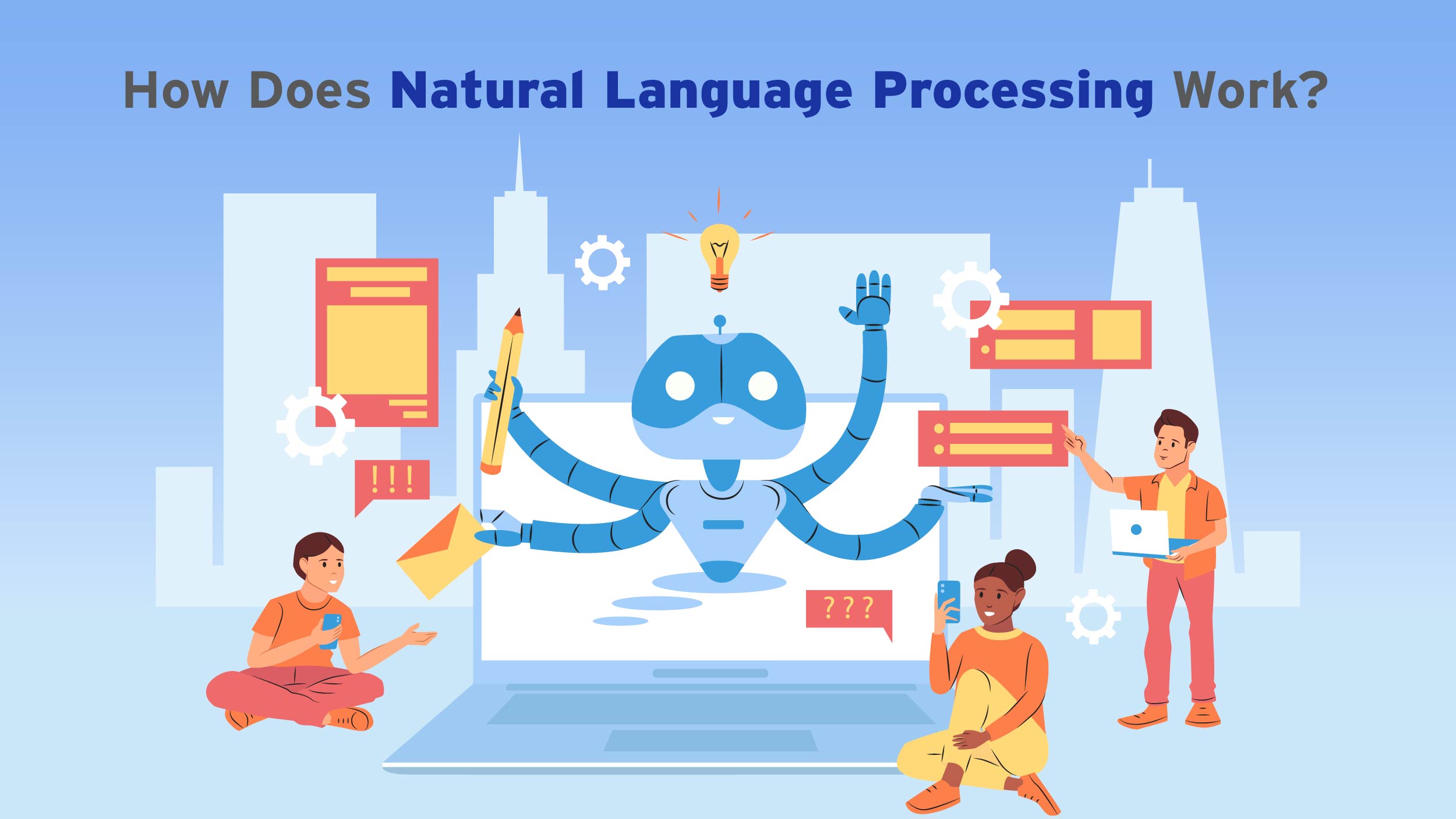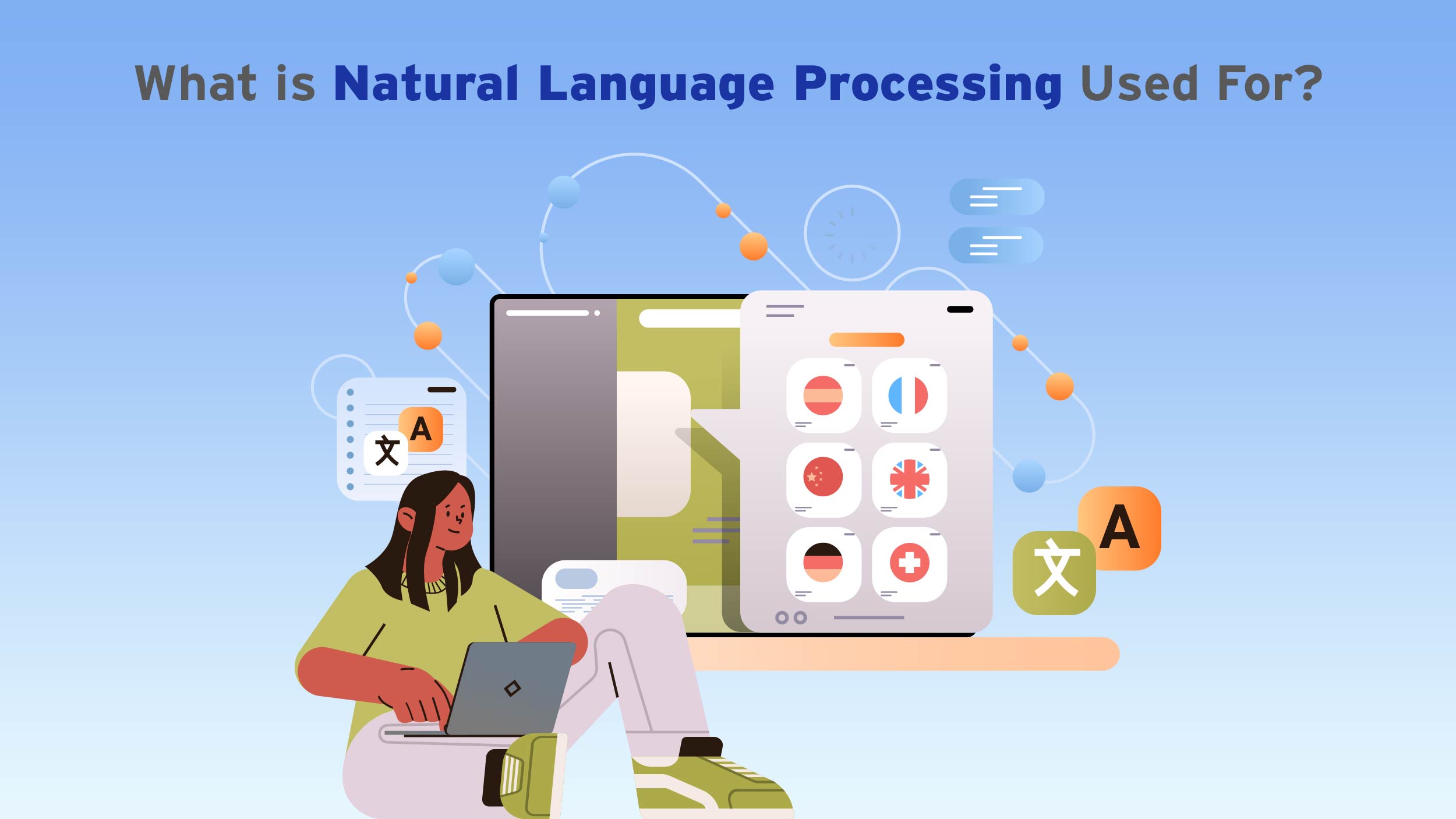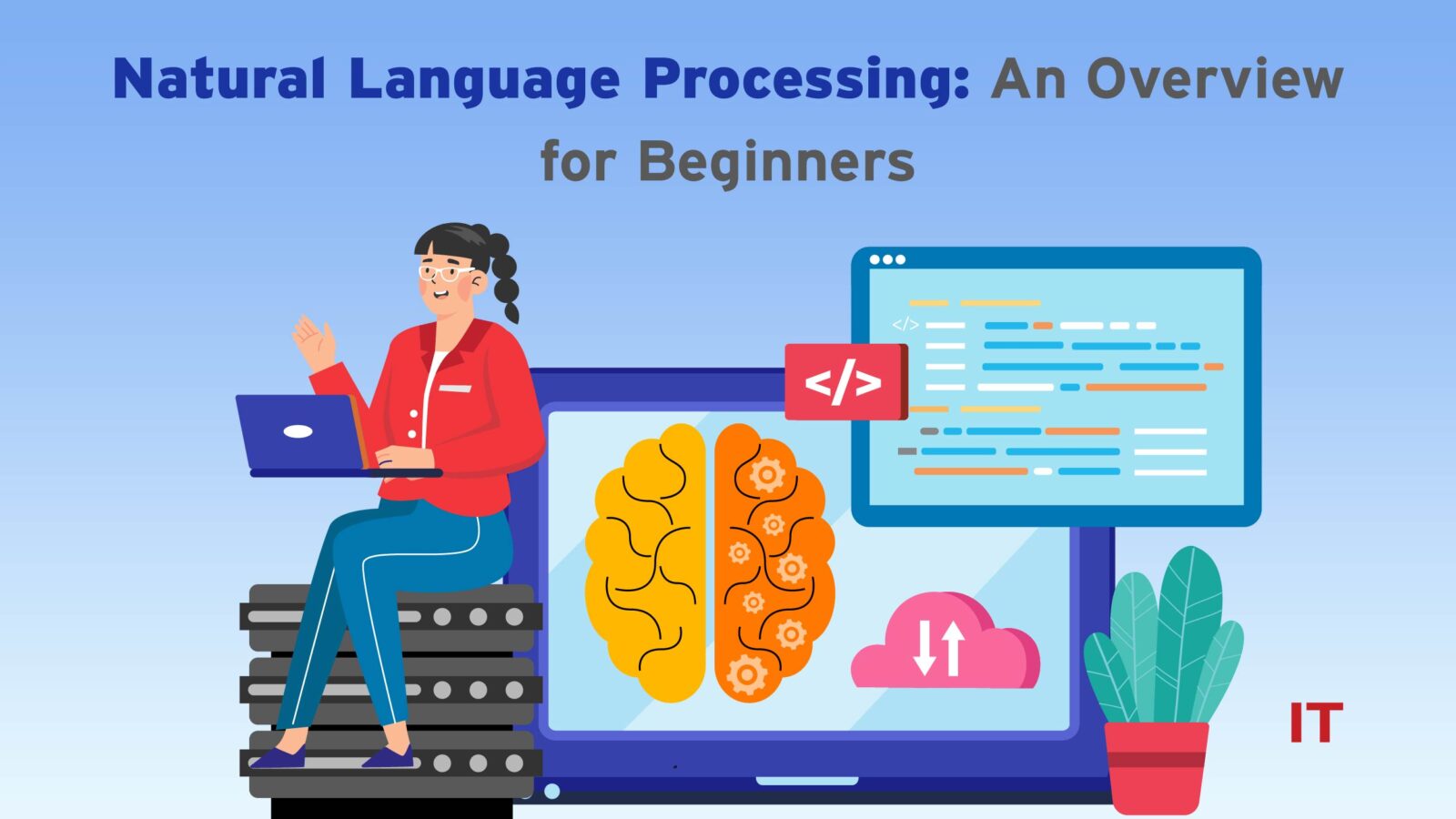Natural Language Processing (NLP) is an exciting field of artificial intelligence that focuses on enabling computers to understand, interpret, and interact with human language. In this introduction, we will delve into the fascinating world of NLP, exploring how it has transformed the way we communicate with machines and how it is revolutionizing various industries.
What is Natural Language Processing?
Natural language processing is a machine learning technique that allows computers to comprehend, process, and generate meaningful human language. It uses both syntactic and semantic analysis to decipher the structure, meaning, and context of textual data. Using statistical models, machine learning, and deep learning approaches, NLP algorithms extract insights from text, perform sentiment analysis, language translation, question answering, and much more.
NLP is the driving force behind computer programs that translate text from one language to another, respond to spoken commands, and rapidly summarize large amounts of text—even in real-time. A great example of natural language processing is ChatGPT.
How Does Natural Language Processing Work?
 Here is a step-by-step breakdown of how natural language processing works:
Here is a step-by-step breakdown of how natural language processing works:
- Preprocessing: The raw text or speech data is prepared for analysis. This involves tasks like tokenization (breaking text into individual words or phrases), stemming (reducing words to their root form), and part-of-speech tagging (assigning grammatical tags to words).
- Text Analysis: Algorithms are applied to the preprocessed data to extract meaning and identify patterns. This may involve tasks such as sentiment analysis (determining the sentiment or emotion expressed in the text), named entity recognition (identifying and classifying named entities like names, organizations, or locations), and topic modeling (identifying the main themes or topics in the text).
- Training and learning: NLP systems rely on large datasets to train and fine-tune their models. These datasets may contain labeled examples of text or speech data, which are used to teach the system how to recognize and interpret different linguistic features. With the help of machine learning and deep learning techniques, NLP systems can improve their performance over time by processing vast amounts of unstructured and unlabeled data.
- Application and Interaction: NLP models are applied in real-world scenarios to interact with users and provide useful outputs. This can involve virtual assistants, chatbots, sentiment analysis tools, machine translation systems, and more. NLP enables these systems to understand and respond to human language, providing valuable insights, automated support, or facilitating communication.
- Continuous Improvement: NLP systems can continuously learn and adapt. By analyzing new data and user interactions, they can update their models and improve their performance. This iterative process helps NLP systems stay up-to-date and enhance their understanding and interpretation of language
Also Read: Natural Language Processing: Virtual Decoding of Human Languages
What is Natural Language Processing Used For?
NLP’s primary benefit is that it improves how humans and computers communicate with one another. The most direct way to manipulate a computer is through code, which is the computer’s language. As computers learn to understand human language, humans find it much easier to interact with them. Natural language processing is the driving force behind machine intelligence in many modern real-world applications. Here are a couple of examples:
Spam detection
Although spam detection may not be considered an NLP solution, the best spam detection technologies use the text classification capabilities of NLP to scan emails for language that frequently indicates spam or phishing. Overuse of financial terms, poor grammar, threatening language, excessive urgency, misspelled company names, and other factors can all be indicators. One of the few NLP problems that experts consider to be “mostly solved” is spam detection.
Machine translation
Google Translate is an excellent example of NLP in action. For truly useful machine translation, more than simply replacing words in one language with words in another is required. The meaning and tone of the input language must be accurately captured and translated into text in the output language with the same meaning and desired impact. Machine translation tools are becoming more accurate. Text translation from one language to another and back again is an excellent way to put any machine translation tool to the test.
Virtual agents and chatbots
Speech recognition and natural language generation are used by virtual assistants such as Apple’s Siri and Amazon’s Alexa to respond with appropriate actions or helpful comments. In response to text input, chatbots perform the same magic. The best of these also learn to recognize contextual cues in human requests and use them over time to provide better responses or options. The next enhancement for these applications will be question-answering, which will allow them to respond to our questions in their own words, whether anticipated or not.
Social media sentiment analysis
Natural language processing has evolved into an important business tool for uncovering hidden data insights from social media channels. By analyzing the language used in social media posts, responses, reviews, and other forms of communication, sentiment analysis can extract attitudes and emotions in response to products, promotions, and events—information that businesses can use in product design, advertising campaigns, and other areas.
Text summarization
Natural language processing techniques are used in text summarization to digest massive amounts of digital text and generate summaries and synopses for indexes, research databases, and busy readers who don’t have time to read the full text. The best text summarization applications use semantic reasoning and natural language generation to add useful context and conclusions to summaries (NLG).
What are the Different Types of Natural Language Processing Models?
Over the years, many NLP models have made waves in the AI community, and some have even made headlines in mainstream media. Two of the most well-known examples are chatbots and language models. Here are a couple of examples:
- Eliza was created in the mid-1960s to try to solve the Turing Test or to fool people into thinking they were conversing with another human being rather than a machine. Eliza used pattern matching and a set of rules without encoding the context of the language.
- Tay was a Microsoft chatbot who first appeared in 2016. It was supposed to tweet like a teenager and learn from real-life Twitter conversations. Microsoft quickly deactivated the bot after it adopted phrases from users who tweeted sexist and racist comments. Tay exemplifies some of the points made in the paper “Stochastic Parrots,” particularly the risk of not debiasing data.
- Many deep learning models for natural language processing are named after Muppet characters such as ELMo, BERT, Big BIRD, ERNIE, Kermit, Grover, RoBERTa, and Rosita. The majority of these models are good at providing contextual embeddings and better knowledge representation.
- The Generative Pre-Trained Transformer 3 (GPT-3) is a 175 billion-parameter model that can write original prose with human-equivalent fluency in response to an input prompt. The transformer architecture serves as the model’s foundation. The previous version, GPT-2, is open source. OpenAI granted Microsoft an exclusive license to access GPT-3’s underlying model, but other users can interact with it via an application programming interface (API). EleutherAI and Meta, among others, have released open-source GPT-3 interpretations.
- A conversational chatbot is Google’s Language Model for Dialogue Applications (LaMDA). The LaMDA is a model that was trained on dialogue rather than web text. The system aims to respond to conversations in an appropriate and targeted manner.
- While most deep learning models process every input with the same set of parameters, Mixture of Experts (MoE) models aim to provide different parameters for different inputs based on efficient routing algorithms to achieve higher performance. Switch Transformer is an example of the MoE’s cost-cutting strategy for communication and computation.
End Note
Natural language processing continues to revolutionize how we interact with technology and process vast amounts of textual data. As NLP techniques advance and models become more sophisticated, we can expect even greater advancements in language understanding and natural language generation. As we look to the future, the possibilities for NLP are endless, promising a world where language is seamlessly understood, processed, and leveraged for valuable insights and innovation.

































